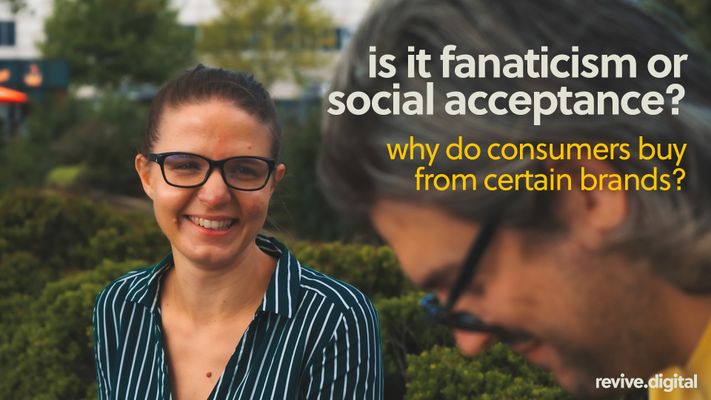Is it Fanaticism or Social Acceptance? Why Do Consumers Buy From Certain Brands?
We all like to think that we are in charge of the decisions we make every single day. But, for anyone who knows about social science or the psychology of persuasion will be aware that subconscious factors are influencing our decisions whether we like it or not. But, it gets particularly interesting when it comes to why consumers buy from certain brands. 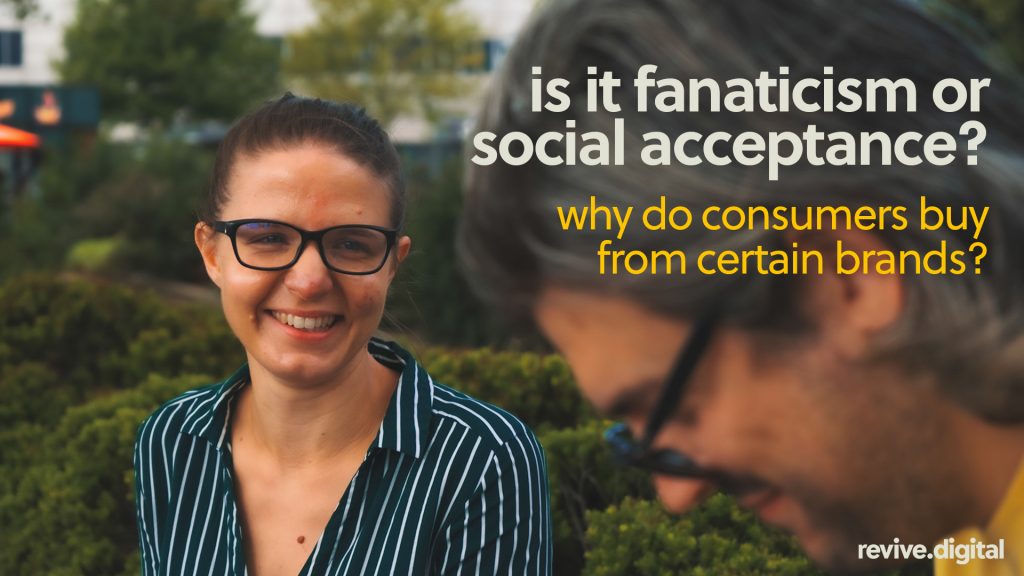 As a business owner, it's essential to understand that consumers are complex and constantly changing, in order to effectively market your products or services. And, to stay up to date, you must persistently develop your understanding of your customers. However, understanding buyer behaviour can be quite difficult as people tend to change their minds very often. Therefore, it's vital to know just what makes consumers tick because it will help you emphasise the significance of them in your marketing efforts.
As a business owner, it's essential to understand that consumers are complex and constantly changing, in order to effectively market your products or services. And, to stay up to date, you must persistently develop your understanding of your customers. However, understanding buyer behaviour can be quite difficult as people tend to change their minds very often. Therefore, it's vital to know just what makes consumers tick because it will help you emphasise the significance of them in your marketing efforts.
Factors Affecting Buyers Behaviour
Before you begin crafting any marketing strategy, you must first understand the cultural, sub-cultural and social factors that affect buyer behaviour. 
Culture
Culture can be found in our everyday actions and habits, and it gives us our so-called social order. As long as a belief is aligned with society's needs, then it is accepted and ingrained as part of culture. However, values and beliefs can disappear over time. During the last 50 years, scientists have observed and studied the innovative and technological process and led to us having computers and the internet. This led to a huge shift in culture as well as lifestyle. For example, leisure time has significantly increased when compared to the day where modern technology didn't exist. It's also the once conventional work ethic. The point we are trying to make is that cultural norms will continue to change because people use particular social models that help solve issues in their lives. And, nowadays, certain cultural trends have emerged that affect consumer’s buying behaviour. People are now more occupied and committed. Because of this, time is becoming much more precious. Within different cultures, some people tend to hand over more of their cash for more time. So, when modern families now buy products, it's influenced by their overall household income and the fact that they're more occupied. This means that more families are now willing to spend more money on products they're enticed towards, and as a business owner, you should take note of this. It's essential to understand culture if you want to sell your products more effectively. Remember, people have far less time so you need to grab their attention and keep it for as long as you can so they can digest your marketing messages.
Subculture
Subculture is defined as a group of people with distinct behaviour and beliefs within a larger culture. People within a subculture are normally brought together by an awareness of style or have something in common like being fans of the same music genre. In the UK, there are countless numbers of subcultures that can be recognised, and they can be geographically concentrated. For example, you'll find many Southend United fans around the area of Southend-on-Sea. These fans sit within a subculture. It is of great importance that you as a business owner recognise subculture so you can then build your marketing messages in line to meet different people's needs and wants. However, subculture isn't an adequate base for market research market segmentation on its own. As a business owner, you need to be conscious of not only subculture in buyer behaviour but also that racial and ethnical backgrounds interrelate with personality, beliefs, social class and lifestyle.
Social Class
Social class is defined as a permanent division within our society. The idea of the social class structure is that people's buying behaviour is strongly influenced by the class that they belong to. But, social class by itself doesn't reflect just income. Other indications include occupation, education and area of residence. Social class influences specific product and brand preferences in many fields, including clothing, jewellery, cars and social activities. But, many companies tend to centre their expertise around a single social class. For example, Tiffany & Co focus on the upper class to sell their products whilst Lidl and Aldi focus on the middle and lower class. Social class also affects media choice too. The lower class tend to like more soaps like EastEnders and Coronation Street and reality TV shows like Love Island and The Only Way is Essex. Whereas the upper class prefer to read books and watch the news. There's considerable differences between social classes when it comes to buyer behaviour. And, there's a social class system in almost every society and country over the world. Because of this, different social classes are likely to react to different marketing messages. This is why it's so important to take social class into consideration when crafting and executing any marketing strategy.
Psychological Factors
So, now we've explored the basic factors that affect buying behaviour, let's go a little bit deeper and take a look at the psychological factors. 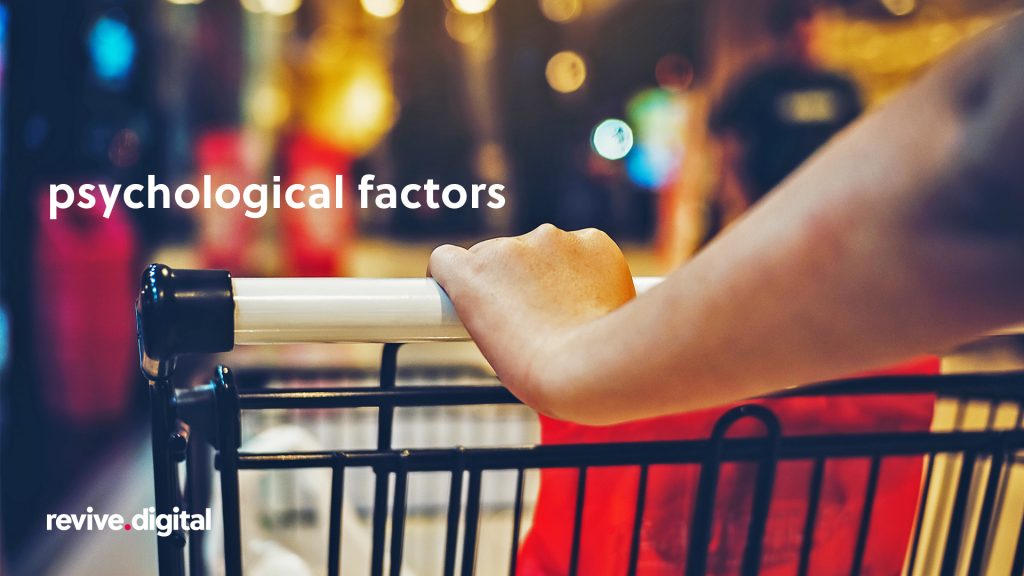
Attitude
In order to understand consumer attitude and how it affects buying behaviour, let us just define it before we go into more detail. A model that is used in explaining attitude and how it relates to behaviour is the Hypothesis of Reasoned Action which was developed by Martin Fishbein and Icek Ajzen in 1967. This theory implies that behaviour is determined by intention. This is a result of an individual's personal attitude towards the norms surrounding why they act in a certain way. To understand the impact of attitude on the consumer, it must be considered that attitudes can be progressively learned. This can be through experience or by influence with the social group to which they reside. For example, someone's opinion about Costa Coffee and the experience of consuming the coffee will contribute to their friend's attitude about that particular brand. Attitude is always towards specific objects, and once one has been formed, they last and are difficult to be changed. For example, a group of friends or a family will always prefer to visit a certain because they know they'll receive the level of satisfaction that they desire. However, an important point to highlight is that attitude doesn't constantly influence buyer behaviour. A certain consumer might hold a very favourable attitude towards a certain brand but won't use them because of other factors like not being able to afford the service. If a business is faced with negative attitudes, then they have 2 options in order to convert consumers into paying customers. Either change the attitudes and completely change the way they market their products. Or, completely change their products altogether.
Perception
People are unable to distinguish every single stimulus in their surrounding environment, so they apply a selective perception which helps them to come to a decision. An average consumer will get exposed to many different adverts (both online and offline) each day. But, they'll only perceive a very select few of them. The familiarity of a certain product and its distinction are signals that affect perception. That's why the colour and shapes of products are influential factors. People also tend to remember marketing messages and information that’s related to an emotional feeling that resonates with them.
Beliefs
A consumer might believe that a reasonably priced restaurant serves the best food, so they will continue to dine there. But, a belief can be changed by a business in order to make their customers buy a particular product. A good example of this would be when Monster Energy Drinks introduced their sugar free alternatives in response to the belief that consumers put weight on when they drink their products. But, convincing consumers to change their personal beliefs that influence decision making can be quite difficult.
Personal Factors
Personal factors influence consumers perceptions and buying behaviour. For instance, a car purchase might reflect on 1 or more personal attribute. Because consumers want to defend their individuality, the products they buy support their personal images. Self-concept and personality is reflected in lifestyle, which is identified by a person's interests and opinions. This is an extremely important point to take note of because personal factors and lifestyles are useful when it comes to market segmentation and targeting.
The Cognitive Miser
Now let's throw the cognitive miser into the mix. Brand selection and the reason that consumers buy certain products really can be just a matter of convenience. When you're in your local supermarket trying to find all of the items on your shopping list and the kids are quite literally begging you for some sweets, how much time and mental bandwidth do you really have to spare? People are cognitive misers we all tend to think and solve common problems in the simplest ways we can come up with to make things easier. To help make choices, we form heuristic processes and/or mental shortcuts. So, one snap decision by a consumer could well end up as a behavioural pattern without them even realising it. As long as a product doesn't let them down, that's probably going to be enough to earn their loyalty.
How to Integrate Your Brand Into Customers Lives
Creating a customer-centric brand identity that inspires intense loyalty may seem only achievable by the most established businesses. But, there are steps that you can take right now to start building unbreakable customer relationships. Keep on reading to find out what they are. 
Listen to Your Customers and Understand How They Feel
Most brands use certain listening channels to track what their customers are saying about them in real-time. And, whilst the metrics that these channels provide can serve as barometers for how well a business is meeting expectations, you should never ignore your customer's stories. These could be delivered through narratives, videos and images and can be found all over the internet, particularly on social media. These stories could be solicited or unsolicited, but one thing they have in common is that they speak the full truth about how your customers feel about your brand.
Understand Your Industry Position
Creating a strong brand identity is all about offering a differentiated experience from your direct competitors. In addition to listening to your customer's stories, competitive benchmarking can help you understand your brand's position. As you go through your customer's stories, you'll probably find that certain competitors are mentioned when an experience fails to meet expectations. You'll also find that these consumers will explain the reasons why a competitor aligns better with who they are and their preferences which is extremely valuable. Understanding where you sit in your competitive universe is very important. But, unless you know the reasons why consumers choose specific products, then a clear, actionable path to creating meaningful customer experiences will remain a complete mystery for your brand.
Create a Clearly-Defined and Customer-Centric Brand Identity
Understanding your customers and what drives them to buy your products is critical when it comes to delivering your brand message and promise to consumers. Your brand identity must align with their self-concepts and preferences, especially with those who have the highest lifetime value. Your brand identity is at play throughout the entire customer journey, from research, interest to purchase and ownership. So, your brand must be constantly encountered throughout to feed the customer relationship.
Create a Harmonious Employee Culture
Have you ever gone to a shop and encountered an employee who was quite obviously not happy to be there? Of course, you have. Also, it's completely evident when employees are not only advocates of the company they work for but customers themselves. It's precisely this reason why you need to create a harmonious employee culture. Employees are an extension of your brand and core values and trust us in saying that your customers will have taken notice of this. You'll find that creating products and an aligned employee culture will prove infectious. And, when you do this, you'll create a customer experience that exceeds expectations.
Back to The Original Question
So, back to our original question. Is it fanaticism or social acceptance? Well, as you can now see, a lot more goes into the psychology of buyer behaviour than just being a brand fanatic or wanting to be socially accepted in society. 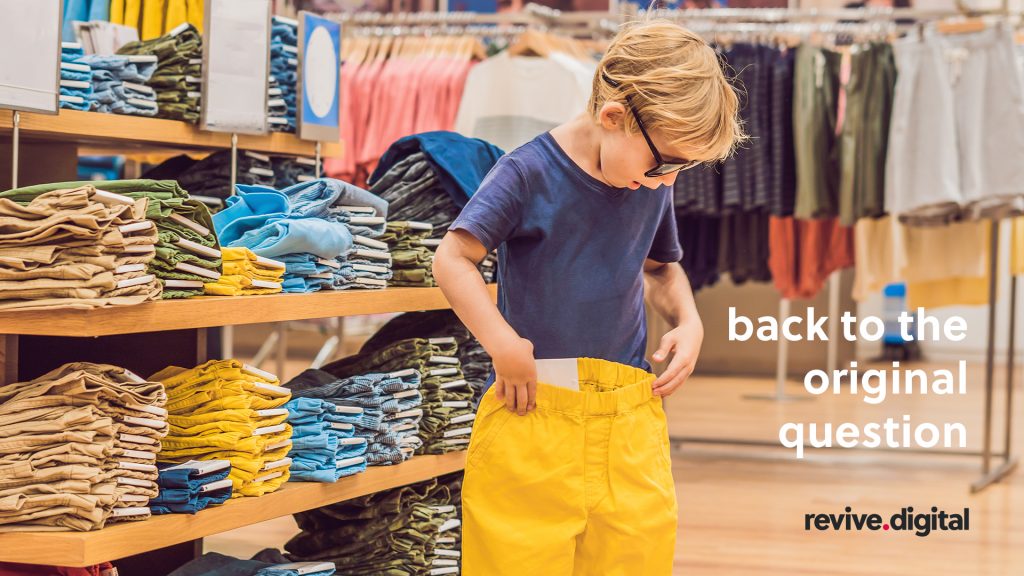 As a business owner, this is extremely important to recognise if you're going to draw up and execute a marketing strategy that's going to sell a huge amount of products. You need to carefully segment your key target audiences(s) and take their culture, social class, beliefs, personal characteristics, and the way they perceive things into consideration. But, before you do any of this, you need a strong and visually compelling brand identity. Why? Because a brand identity is made up of what your brand says, what your core values are, how you communicate your products, and what you want people to feel when they interact with it.
As a business owner, this is extremely important to recognise if you're going to draw up and execute a marketing strategy that's going to sell a huge amount of products. You need to carefully segment your key target audiences(s) and take their culture, social class, beliefs, personal characteristics, and the way they perceive things into consideration. But, before you do any of this, you need a strong and visually compelling brand identity. Why? Because a brand identity is made up of what your brand says, what your core values are, how you communicate your products, and what you want people to feel when they interact with it.
Need Help With Developing Your Brand Identity?
As a full-service digital marketing agency, we create modern and great looking brand identities on behalf of our clients. We offer fully bespoke services which makes us a flexible and agile agency ready to take on any project regardless of size. If you would like to speak with us about our graphic design, then please get in touch with our expert team. Call us on 01702 619 139 or visit our contact page today! 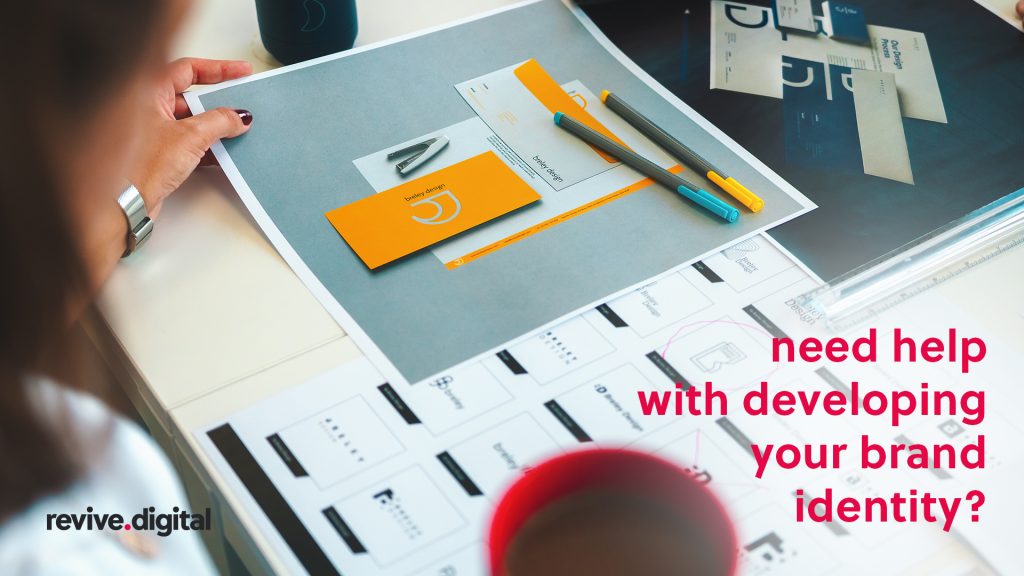
Our New Video!
In our latest video, we caught up with some of the team to see what brands they like and feel they have an affinity with. Check it out below!


